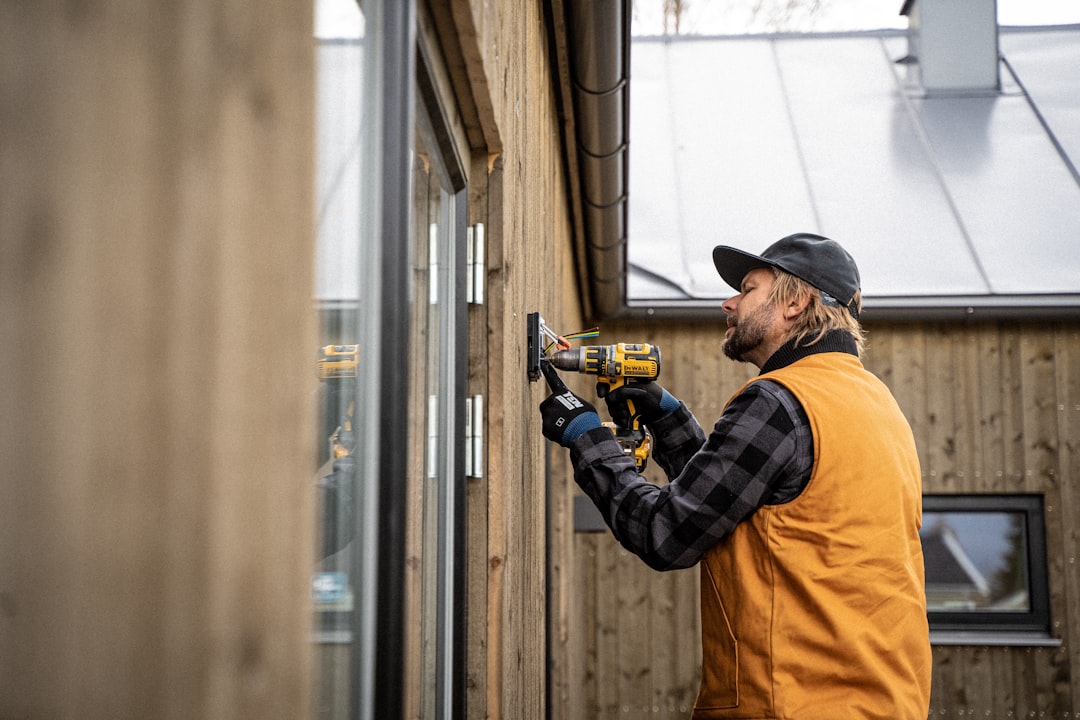
In Columbus, Ohio, where summers are humid and winters are harsh, choosing the right insulation is crucial for energy efficiency and comfort. Professional insulation services can range from $1.25 to $4.25 per square foot, depending on the material and complexity. This guide explores how to optimize insulation projects for trade professionals, ensuring cost-effectiveness and compliance with local codes.
• January lows often fall below 20°F, necessitating high R-values in attics and walls.
• Wind chills can exacerbate heat loss through unsealed areas.
• Dew points above 65°F can lead to moisture issues in fiberglass batts.
• Air conditioners must combat both temperature and humidity, increasing energy costs if insulation is inadequate.
• Offers excellent thermal resistance and noise reduction, ideal for urban areas.
• Cost-effective and available in pre-cut batts, but requires precise installation.
• Provides the highest R-value per inch and acts as an air and vapor barrier.
Pro Insight: Hybrid assemblies, such as closed-cell spray foam with blown-in cellulose, offer optimal performance for Columbus homes.
CountBricks revolutionizes traditional estimating with AI-driven processes, ensuring accurate and efficient project management.
1. Use AI estimators to describe project details.
2. Upload blueprints for instant material calculations.
3. Access real-time supplier pricing.
4. Auto-calculate labor hours based on complexity.
5. Receive a professional PDF quote ready for client approval.
• Material costs: Blown-in cellulose averages $1.25–$1.60 per square foot; closed-cell spray foam ranges $2.75–$4.25.
• Access issues: Difficult areas can increase labor costs by 10–15%.
• Air-sealing: Combining dense-pack cellulose with spray foam can reduce heating bills significantly.
Upgrading insulation can lead to significant energy savings. For example, a Columbus home improved from R-19 to R-49 insulation saw a 28% reduction in natural gas use, with a payback period of under four years.
Franklin County follows the 2021 International Energy Conservation Code, requiring R-60 in attics for new constructions. CountBricks includes code compliance and rebate information in every estimate.
• Use dense-pack techniques to prevent settling.
• Seal top plates with low-expansion foam before insulation.
• Maintain airflow around recessed lighting.
For professional insulation solutions in Columbus, Ohio, trust CountBricks for precise estimating, transparent pricing, and expert installation. Visit CountBricks.com for more information.

An 1890s brick cottage in German Village faced high energy costs due to inadequate insulation. CountBricks provided a comprehensive solution using AI-driven planning and efficient materials.
• Area: 850 ft² attic
• Materials: 2 inches of closed-cell spray foam and 12 inches of blown-in cellulose
• Duration: 1.5 days
Our AI system quickly calculated material needs and confirmed availability, ensuring a seamless project execution.
• 31% reduction in air changes per hour
• $58 monthly savings on heating
• Improved indoor humidity levels
• Plan for mechanical ventilation in tighter homes.
• Use baffles to maintain roof ventilation.
• Combine air-sealing and insulation for efficiency.
• Utilize rebate calculators for cost savings.
Smart insulation combines data and craftsmanship. For more success stories, visit CountBricks.com.